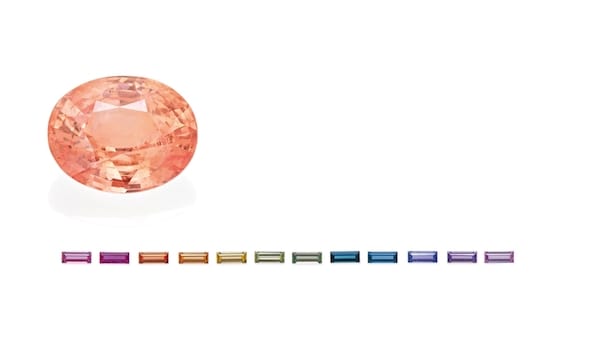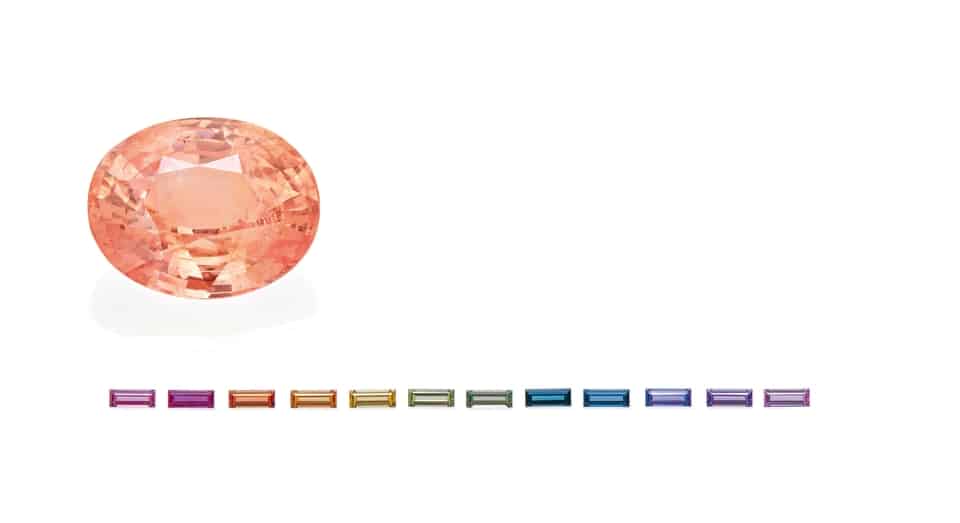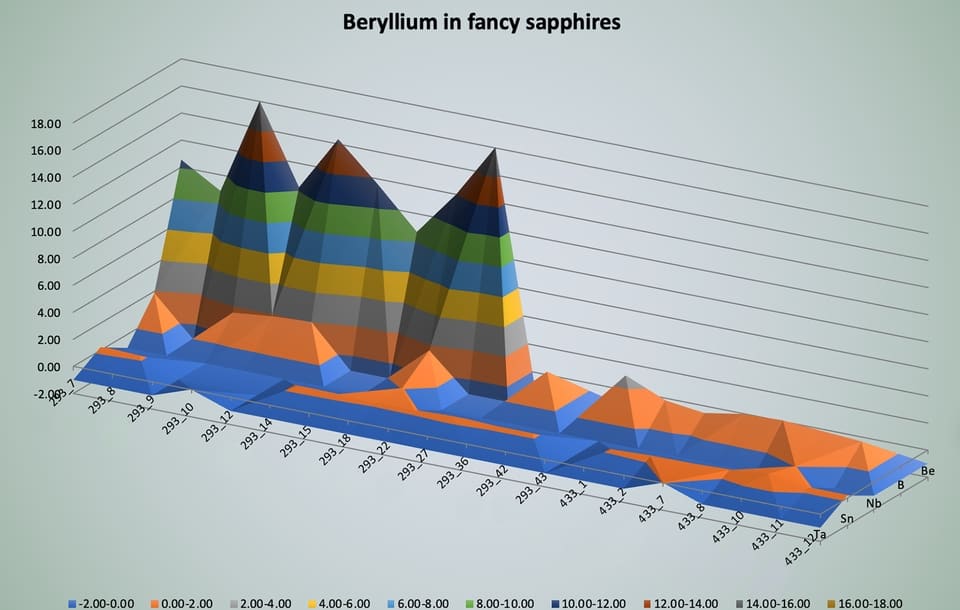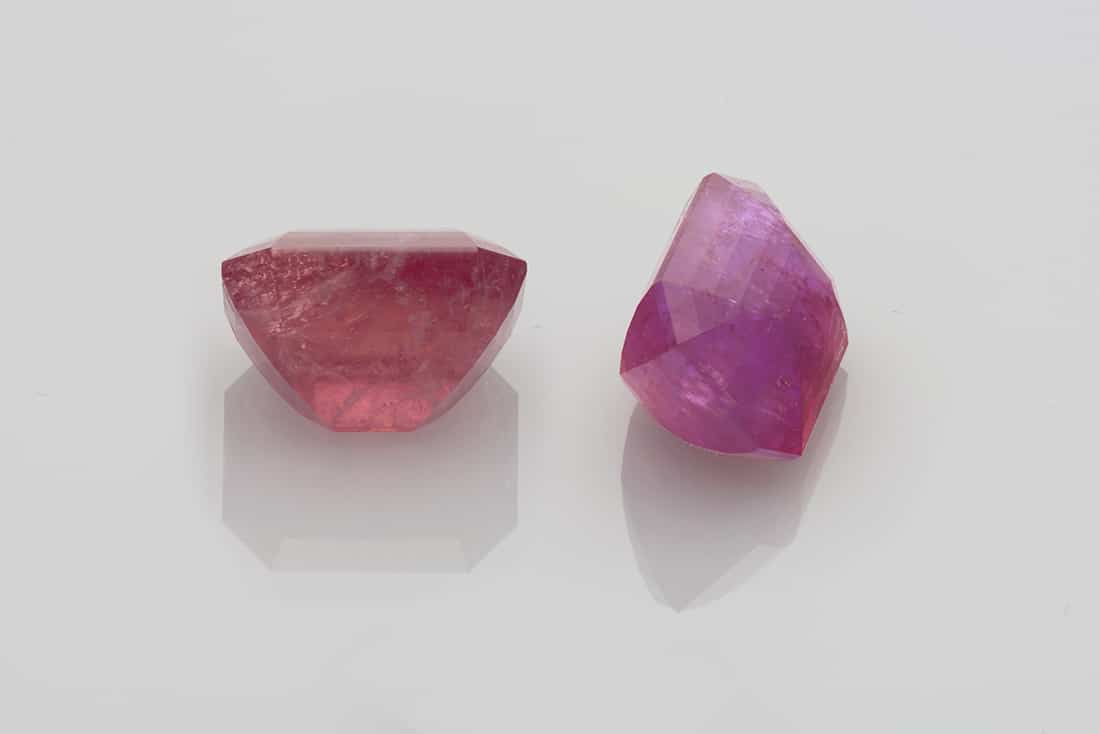
Testing of calibrated coloured stones: a complex job for gemmologists
by Dr. M.S. Krzemnicki, first published in Facette 28 (May 2023)

The Swiss Gemmological Institute SSEF is regularly testing batches of tiny calibrated coloured stones for the Swiss watch industry similar to our testing service for melée diamonds. Testing such small coloured gemstones is challenging, starting with the handling of such small stones to analytical restrictions and limitations due to their small size. To be able to provide the industry a gemmological service for such calibrated coloured stones, the SSEF has adopted a specific testing protocol, combining microscopic observation with spectroscopic analyses including trace element analysis by GemTOF mass spectrometry.
Typically, the first and most important request from our clients is to con rm that no synthetic stone is mixed within the submitted parcel of coloured gemstones. Interestingly, we have found repeatedly single synthetic stones in such series of calibrated coloured stones. A challenging task, as we then sort out such a synthetic stone immediately from the rest of the submitted parcel. This shows that our testing provides crucial information to our clients and allows them to be sure that no synthetic stone is set in their prestigious jewellery or watches. Coming back to the question of Figure 1 above, the outermost stone on the right side proved to be a synthetic purple sapphire after testing at SSEF.
In addition to this, we also provide certain information about treatment conditions, always indicating also the limitations of our conclusions due to the small size of such calibrated coloured stones.
Figure 2 shows a concentration-diagram of the trace elements tantalum (Ta), tin (Sn), niobium (Nb), boron (B), and beryllium (Be) measured by GemTOF in a series of calibrated yellow sapphires. The presence of distinct concentration “peaks” of beryllium (on the left side of the diagram) combined with practically no traces of the other displayed elements indicates that the yellow sapphires on the left were treated by beryllium diffusion.

Testing of small calibrated stones can be very time-consuming and challenging for gemmologists. Due to analytical restrictions, our conclusions are often delivered with some limitations. Still, based on the positive feedback that we receive from our clients, this type of service is highly appreciated as means of safeguarding their quality management and production processes.
For more information about our testing service for small calibrated coloured stones, please contact the SSEF.


